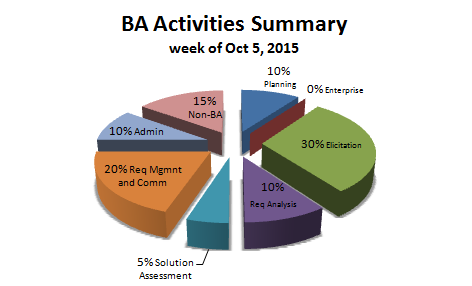A Roadmap to Agile
Transitioning to Agile is well worth the effort and benefits, but the way is not always easy and can be filled with issues and frustrations, as well as wrong turns.
To try and be successful in your transition, use a roadmap for the effort, and plan to spend some time and effort on the journey itself. Steps to start can look like this:
Plan for the first phase:
By roles, have each team member do some part in transition prep, a possible list could look like the one below:
Leadership needs to be involved too, especially at the start and through the first phase. Whoever has the power and authority to set a directive needs to step forward and communicate clearly that this is desired by the organization and that the participants need to participate. This is critical in overcoming resistance, even among team members who seem to be eager and willing initially.
The next step is to set the objectives for phases 2 and 3, and onward. This will accomplish two important aspects of success:
- setting shorter term goals that are easier to reach
- measuring success by outcomes
As well, creating and displaying a phased roadmap can instill the idea that Agile is ongoing in its adoption, continuous as the team grows into it, and a practice that can optimize over time.
 And, information can be shared and leadership can take note that there will be slow changes not only in delivery, but how people are working. At its best, the list below is how teams and individuals transform:
And, information can be shared and leadership can take note that there will be slow changes not only in delivery, but how people are working. At its best, the list below is how teams and individuals transform:
- Authoritative hierarchy -> self-organized
- Silo’d work -> interactive
- Predictable and rigid delivery of work -> nimble, and changing or changeable
- Documentation heavy -> documentation light
- Formal communication -> transparent and informal communication
These changes are significant for teams who experience them. Many people have spent a career honing and executing specific skills and may need time to change their way of working. Others, may have recently finished school where Agile-like practices were the norm. Changes in the workspace atmosphere and social interactions should not be underestimated. These personal, and interpersonal changes require support and attention from leadership. Stress and resistance can best be eased through inclusion, especially in decisions, and fostering ownership of results by the team members themselves.
After at least 3 sprints, a team will be ready to look back and start planning for Phase 2. And in an Agile approach, they can set sights on what Phase 3 will look like. Post and socialize your roadmap to see what comes next, and be sure to come together often as a team at round tables!





